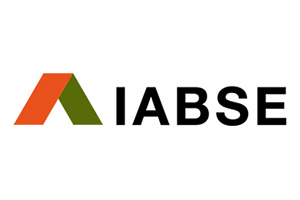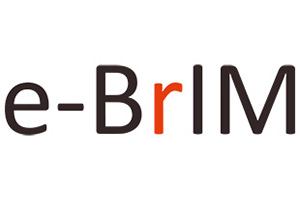The Effect of Recycled Crushed Brick Aggregate on the Physical–Mechanical Properties of Earth Blocks
| Auteur(s): |
Carlos Alberto Casapino-Espinoza
Jose Manuel Gomez-Soberon María Consolación Gómez-Soberón |
|---|---|
| Médium: | article de revue |
| Langue(s): | anglais |
| Publié dans: | Buildings, 24 décembre 2024, n. 1, v. 15 |
| Page(s): | 145 |
| DOI: | 10.3390/buildings15010145 |
| Copyright: | © 2024 by the authors; licensee MDPI, Basel, Switzerland. |
| License: | Cette oeuvre a été publiée sous la license Creative Commons Attribution 4.0 (CC-BY 4.0). Il est autorisé de partager et adapter l'oeuvre tant que l'auteur est crédité et la license est indiquée (avec le lien ci-dessus). Vous devez aussi indiquer si des changements on été fait vis-à-vis de l'original. |
Télécharger le texte intégral (fichier PDF)
9.35 MB
Publicité
Publicité
9.35 MB
- Informations
sur cette fiche - Reference-ID
10816132 - Publié(e) le:
03.02.2025 - Modifié(e) le:
03.02.2025



